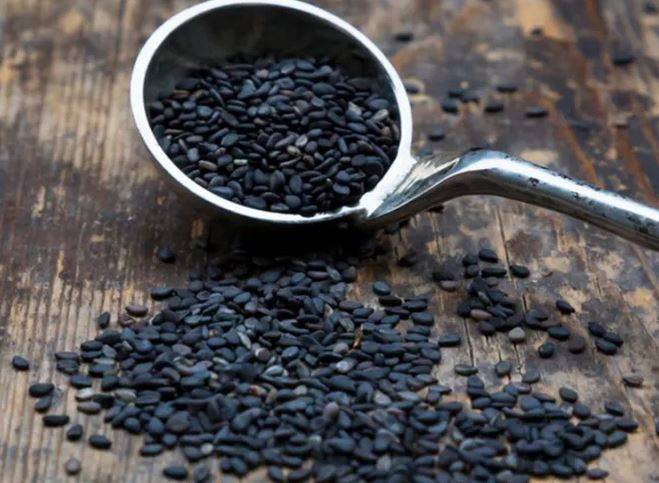Growing up, whenever I felt a little under the weather, my dad always whipped up a cure-all tea concoction consisting of lemon, ginger, and—you guessed it—apple cider vinegar. Fast forward to today—I always keep a bottle of apple cider vinegar (ACV) on hand. Whether taken straight (with water) to aid digestion, incorporated into a homemade salad dressing, or as a hair rinse, it seems apple cider vinegar can do it all. But while I (along with countless others) rely on this magical home remedy, I wondered if apple cider vinegar had other health benefits. Turns out there’s a lot that’s backed by science. Read on for the basics of apple cider vinegar, along with some expert advice on how to take apple cider vinegar if it’s new to you.
What is Apple Cider Vinegar?
Apple cider vinegar is made in a two-step fermentation process. First, apples are crushed and juiced. From there, naturally occurring yeast converts sugars in the apple juice into ethanol (alcohol). Then, a second fermentation happens, where acetic bacteria convert the alcohol into acetic acid. That’s apple cider vinegar.1
What does “the mother” mean?
Many labels for apple cider vinegar say it contains “the mother.” While it may sound creepy, it isn’t. The mother is the cloudy substance in the bottle that often settles at the bottom. The reason for keeping the mother in the bottle is it contains the prebiotics, proteins, enzymes, minerals, polyphenols, vitamins, and other compounds produced by friendly bacteria and unfiltered apple juice.
While there are a lot of myths about apple cider vinegar, there are clinical studies that have shown benefits in the following areas:
- Helps control appetite and manage weight gain23
- Helps maintain healthy glucose levels and cholesterol4
- Prebiotics (in the mother) are linked to promoting gut health
Matthew Clark
How to Take Apple Cider Vinegar
According to the experts at Bragg, you should aim for at least 750 mg of acetic acid per day. This is equivalent to 1 tablespoon of raw, unfiltered, and organic apple cider vinegar (from $6, Amazon). How and when you take apple cider vinegar is up to you. “Anyone can incorporate ACV, but we always advise people with any dietary restrictions per individual conditions to always consult with their doctor or nutritionist if there are any concerns,” says Bragg CEO Linda Boardman. A popular method of taking apple cider vinegar is to simply take it by diluting it with at least 8 ounces of water. Others use apple cider vinegar supplements (more on this next) or use it in recipes calling for vinegar for an extra nutritional boost.
Apple Cider Vinegar Supplements
If you’re not a fan of the tart, sour flavor, you might want to try apple cider vinegar in the form of capsules ($20, Amazon) or gummies ($19, Amazon). However, Boardman says it’s essential to recognize that the amount of milligrams of apple cider vinegar listed on supplement labels isn’t the amount of acetic acid content. “To find out if you’re achieving the daily dose, you need to multiply the ACV milligrams by the percentage of acetic acid,” she says. “If this number is lower than 750 mg, you are not getting the efficacious dose clinically proven to support the benefits that ACV has to offer.”
For anyone just starting to add apple cider vinegar to their diet, Boardman says to start with 750 mg of acetic acid per day, but you can definitely add more after a week by taking it two to three times per day.






